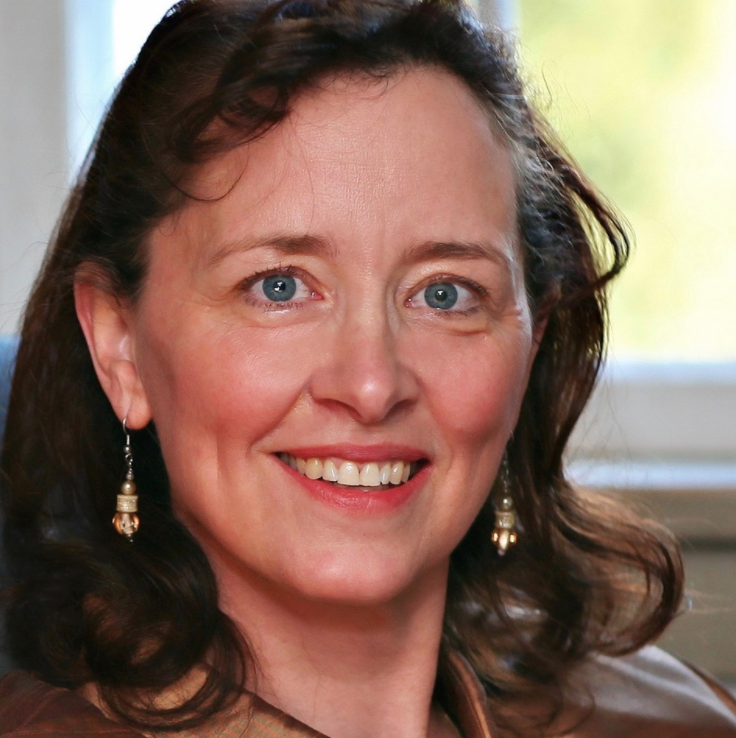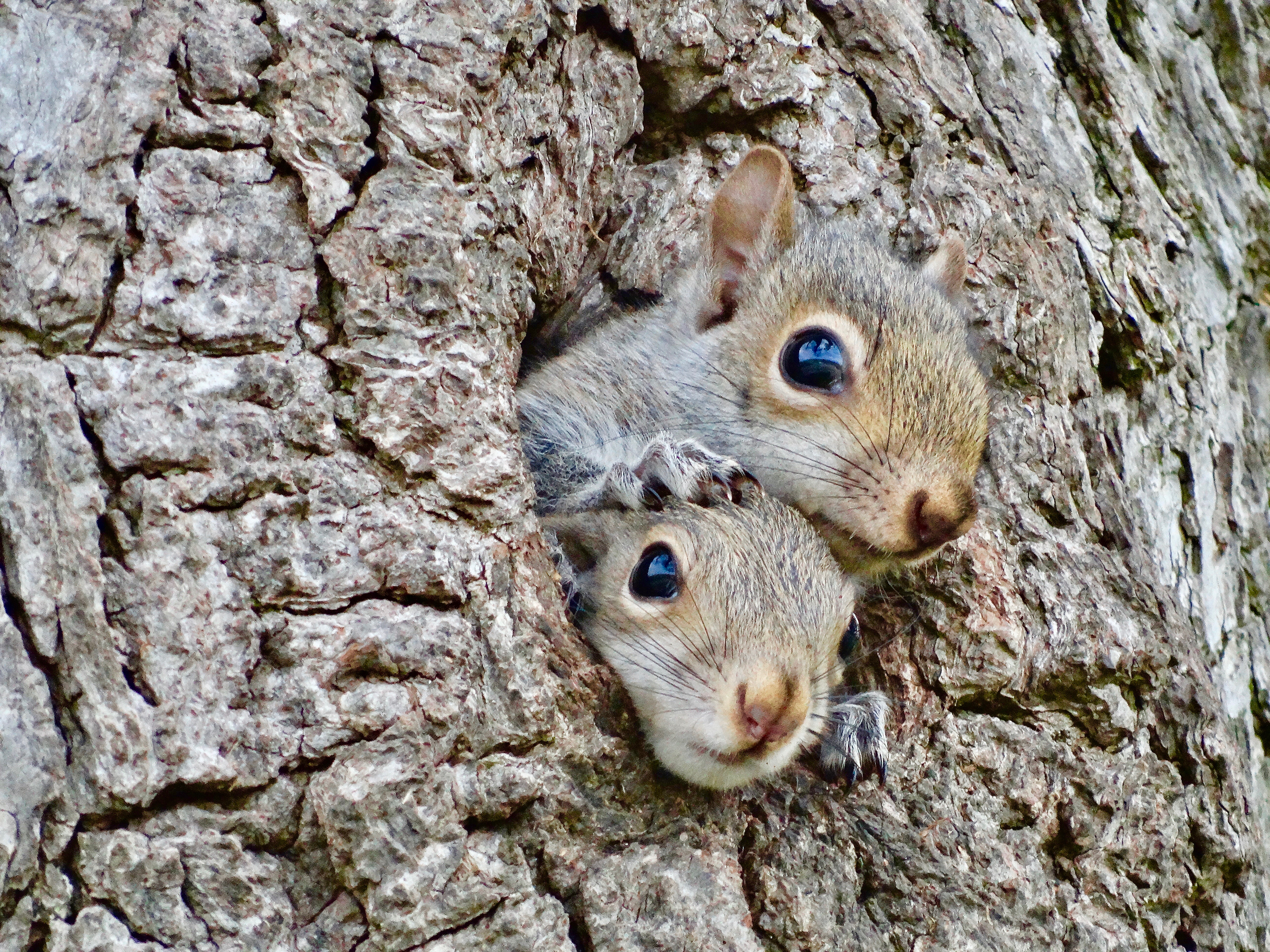Dusk came early this evening. Autumn’s chill quickly followed. On my night walk the cold of the atmosphere seeped into my skin pores. The sharp-edged moon etched itself on a steel gray sky.
Autumn’s equinox had arrived.
Now the earth would begin its tilt backwards towards the sun until springtime, foreshadowing autumn’s darker days and winter’s sky blanket of total grey.
Red leaves from the tall sassafras tree floated across my path. Thousands would soon follow in their annual chain migration towards the soil from this tree crown full of strange three-lobed leaves shaped like gloves. They would fall with new streaks of orange and crimson and gold.
A season of my life had passed in these last five months, a season filled with stupor-inducing heat waves and thunder-crackling rainstorms, but also a season marked by transformation.
As the pandemic took hold, I joined the Zoomosphere. I navigated the online freeway to track down supply chains and toilet paper. I launched myself on Google Hangouts to greet friends and hold meetings. I followed viral graphs with rising and flattening curves. I discovered “food angels,” friends who volunteered to drop grocery bags off. I sheltered at home to fend off any viral interloper.
But remote life and work took its toll. Mental health experts noted an epidemic in “loneliness,” with all of its invisible and silent deprivations of tactile contact and voice. Our humanness had suddenly become unmoored in a endlessly streaming electronic world.
This morning a newsletter headline stared up at me from my computer and asked: “Do you feel lonely?”
No, I did not feel lonely.
As I walked beside the sassafras tree, my mind turned to Edward O. Wilson, the Pulitzer Prize-winning biologist at Harvard dubbed “the Father of Biodiversity.” In his thoughts about nature I found my answer to why I was not lonely.
In the course of discovering hundreds of biological species around the world, Wilson, now 91, coined the word “biophilia,” from the Latin root “bio” for life and “philia” for love. Wilson defined biophilia as the human “urge to associate with other forms of life.” He argued that we humans have a web of interconnected ties with all other living beings around us. If we lose that connection, we lose part of ourselves and part of our reason to live.
Wilson urged us to not only observe nature but to be active participants in it, intimately engaged with it, essentially befriending it. He believed that if we fully grasped this inviolable bond we would naturally act to protect the web of life of which we are all a part. In the “Half Earth Project” which Wilson currently directs, he has called dramatically for half the earth’s surface to be preserved as wildlife territory to ensure the earth’s critical biodiversity and survival, and to regain our deep connection with nature. Currently 15 percent of the earth’s land mass has been preserved.
Other modern biophiles have embraced nature in a similar spirit — Jane Goodall in the Tanzanian bush befriending chimps, Rachel Carson in America’s coastal wetlands befriending fish and birds, marine biologist Sylvia Earle at the bottom of the sea befriending whales and eels, and Dian Fossey in Rwanda befriending gorillas.
All these biophiles set out to cultivate reciprocal relationships with the creatures with whom they kept company. They taught us that while we observe nature, it also observes us. They recognized that nature and humanity are meant to live in communion and in balance with each other.
As I walked under the steely gray sky tonight, I realized why I had not been lonely in these intense Covid days. I had discovered a new relationship with nature that put me on a radically new footing in it. I found company in nature in ways that went beyond my wildest imagination.
For the first time I discovered that my small ivy-covered plot of land positioned near the Atlantic coast was prodigiously biodynamic — with its host of animal residents, great and small, carrying on their year-round cycle of activities. I had just been too busy moving through space to see what was right before my eyes.
I discovered this ecosystem had moments of its own kind of Shakespearean drama. There were squatters and invaders, best friends and fierce enemies, frenemies, traitors, bullies and teasers, screaming newborns and demanding children, harried mothers and frantic fathers, predators and peacemakers, elders and teachers, warriors and diplomats, sentries and clowns, singers and percussionists, acrobats and divers, architects and home designers, thieves and rivals, scolders, lovers, mentors, and murderers.
Once I slowed my pace down and and attempted to communicate with these creatures, rabbits who seemed to have hopped out of a Beatrice Potter book popped out of bushes and took to sitting next to me while consuming massive amounts of clover. Squirrels leaping acrobatically from the branches descended to the ground and propped themselves up on their back legs for a photo, eyes bright, just ten feet before me. Blue dasher dragonflies flying with the dexterity of tiny helicopters responded to my voice by hovering over my head as if they were on a drone search of my cranium.
There were acts of interspecies cooperation I thought humans could take some cues from. Rabbits, squirrels and chickadees strategically spread themselves out to share a grassy patch of dandelions, grubs, and seeds. Mourning doves moved down their branch to allow catbirds to perch. Birds of every kind gathered in a circle on branches to screech at – or “mob” — the neighbor’s cat who had caught and mangled a cardinal before disappearing with it under the fence. Goldfinches, crows and song sparrows shared bushes and berries. Blackbirds and starlings socially distanced themselves across the grass while they searched for worms.
Property rights were respected, once they had been divvied up. Squirrels wagged their tails like flags at a Fourth of July parade to each other to mark their respective corners of the yard or trees. When disputes arose, they’d chase each other around in circles until one grew tired and moved on to new terrain. Birds checking out last year’s available empty nests vied with each other with flashy wing displays and repeated appearances until the most persistent prevailed. Rival cardinals fought over a recycled nest from last year with an 18-hour flying contest around the object of their desire until one called it quits. Squirrels chased rabbits away from grassy zones where their treasure troves of nuts were stored. Grackles dive-bombed squirrels sneaking up on their nests to snack on their eggs. A praying mantis made sure to appear every time I began weeding an area she clearly claimed her own. I obliged her request and left the weeds.
There was sacrifice. Mothers and fathers spent weeks building nests of immaculate beauty, then delivering hundreds of meals until their children flew the coop. Teenage black birds now larger than their mothers still pecked at her head insistently as they foraged together in the weeds until she stuffed fresh worms in their mouths. One afternoon I was awed to see a monarch butterfly stop for a rest in the ivy on her 3,000-mile migration southward to Mexico – part of her cycle of reproduction before flying north again to lay her eggs.
There was death and the inexorable process of the food chain. One morning a blue jay invaded a chickadee nest and stole its three hatchlings. One afternoon I found a olive-colored female cardinal immaculately and beautifully preserved in death, with no visible injury, after having flown into the glass surface of a window. One night I watched a snake engorge himself on a newborn robin in her nest eight inches from my face on the other side of a glass window. The mother robin returned the next morning to find all her children gone.
These inhabitants shared the same emotions I did, and I shared theirs – fear, pride, wonder, joy, excitement, resentment, anger.
I was nearing the end of my equinox walk.
A sleek silhouette moved towards me. The streetlamp revealed the form of a bright orange creature. It was the neighborhood fox trotting down the curb on the other side of the street. He always disappeared into the dark when he saw me. Now I called out to him for the first time and he cocked his ears. I called again, and he stopped in his tracks and listened. He widened his eyes. I called him a third time, and he sat down, his form as elegant and symmetrical as a classical statue.. We gazed at each other in communion for minutes before he resumed his nocturnal trot.
“There are mystical, unbreakable bonds between all members of the natural world including humans and animals,” author Elizabeth Eiler has written. “Whether or not we remember or acknowledge this relatedness, it still exists.”
As I headed home, I wondered if we could heed Wilson’s call to preserve more of our wilderness in our post-Covid world, and strengthen the bonds we have always had with nature. And I wondered whom I would next meet in this new season of the Equinox.


